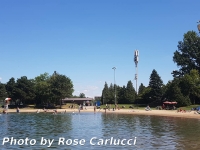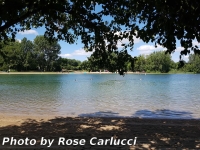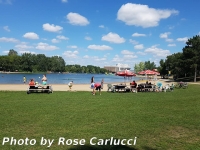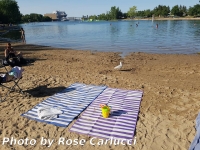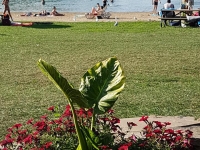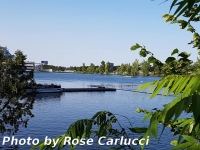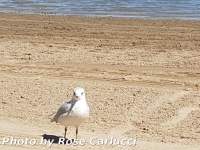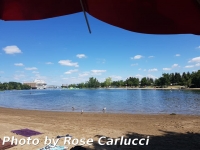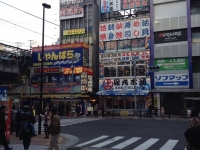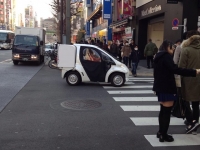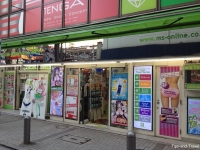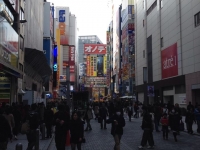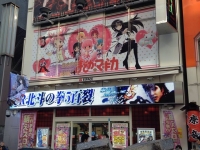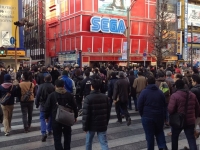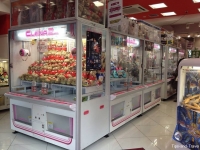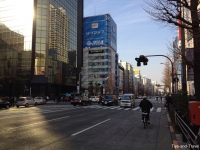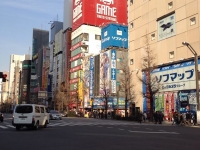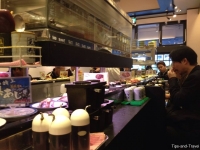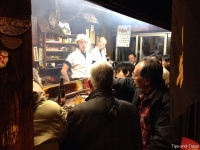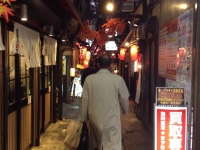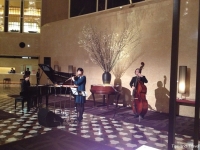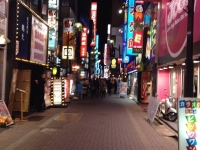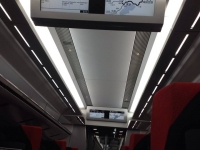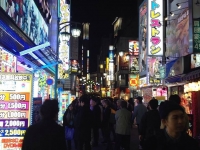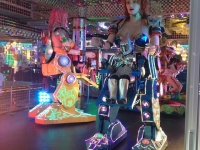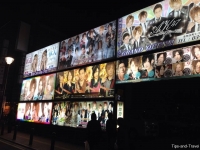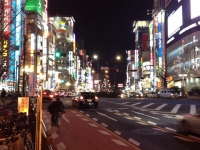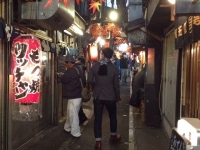Tokyo is the administrative capital of Japan and one of the world’s largest financial centers as the most densely populated urban area in the world. Located on the east coast of the main island of the Japanese archipelago (Honshu). It contains the residence of the emperor, the prime minister, the parliament and ministries as well as all foreign embassies. Destroyed during the Second World War, it was quickly rebuilt and had a strong industrial development (especially in electronics) and its population multiplied by ten in fifty years. Its district, considered the most lively, is Shibuya where there are large shopping centers like the 109. Its architecture is very modern but there are still shinto sanctuaries or Buddhist temples. The city hosted the Summer Olympics in 1964 and will welcome them again in 2020. There is much to see and a great culture to discover.
Tips If you want to see a tiny piece of ancient Tokyo that has miraculously survived, visit the Golden Gai. There are no large buildings or monuments but you will see how the city was in the recent past. There are six narrow streets, too narrow to pass even a small car, where about 200 bars and cafes line up. The buildings are dilapidated and the alleys broken, but the place is much safer than it seems (Tokyo is indeed the biggest city with the lowest crime rate). Each building is only a few meters wide, and most have a small staircase leading to the first floor, either to an apartment or to another establishment. Many of them can only have 5 or 6 clients at a time but beware: there are places that only serve their customers, no new ones are allowed.
Do not miss the visit to the mausoleum of Emperor Meiji, the great-grandfather of the present Emperor Akihito. There is a forest with 120,000 trees. This place serves to pay tribute and make your offerings to the late Emperor Meiji. First ring the bell to get his attention and place a coin in the box in front of you. Then tilt twice and knock into your hands before you bow one last time.
Department stores play a very important role for the Japanese. These giant temples of consumption are found in every era of shopping in Tokyo. They sell only the best quality products, and at very high prices. The ground floor is generally intended for major western brands (Louis Vuitton, Hermes, Gucci, Tiffany, etc …) and their lesser-known Japanese counterparts. There are also many typical Japanese items such as finely embroidered kimonos, chopsticks from great designers, fans or various lacquered wooden objects.
If you want to see a different theater, go to the Kabuki (Japanese Theater); a popular and dramatic theater. The actors wear masks and costumes designed in bright colors, expressing the nature and feelings of their characters with exaggerated gestures and postures. All the roles are played by men without the spectator realizing that female roles are not really played by women. An orchestra accompanies the performance. At the change of scene, instead of lowering the curtain, it is the whole scene that pivots. The largest and most famous theater of Kabuki is the Kabuki-za.
